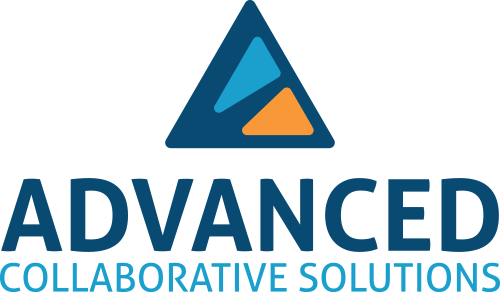Common PLC Pitfalls... And How to Fix Them

By: Steve Ventura
PLCs: What Are They and Why Are They Important?
They go by many names – data teams, teacher teams, PLCs (or professional learning communities) – but what are they, why are they important, and how can you ensure they are effective? In a turbulent world, it’s easy for districts, schools, and educators to get lost in “shiny object syndrome,” pursuing the latest educational trends only to abandon them for the next fad. We cannot “program” our way out of low achievement but we can design high impact instruction that will. In our decades of research and experience, however, we have found that when PLCs (or Achievement Teams as we like to call them) are implemented consistently, intentionally, and energetically, the results are far-reaching.
According to ISTE, a PLC is a “team of educators who share ideas to enhance their teaching practice and create a learning environment where all students can reach their fullest potential.” At Advanced Collaborative Solutions, we have created an experiential and effective four-step protocol centered around collective teacher efficacy – a shared belief that educators can have a greater impact on student achievement when they work together. This protocol takes PLCs from theory to action by guiding teams through high-impact and data-driven steps to make the most of their valuable time together.
Diagnose Your PLC Pitfalls and Get Them Back on Track
Sadly many leaders know from experience that PLCs don’t just fall into place. Implementation requires thoughtful action and leadership. Without thoughtfulness, you run the risk of creating PLCs that are ineffective time-wasters with the potential to have a negative impact on school culture. The below chart breaks down some symptoms of typical PLC pitfalls, then provides related solutions and next steps to improve your PLC effectiveness.
PLC Pitfalls
- Teacher confusion during meetings
- Meeting outcomes and action steps are unclear or nonexistent
- Instructional practice and student results vary greatly across classrooms
Your PLC Needs… Structure.
Your PLC meetings have little to no structure and greatly vary day to day.
Next Steps… Establish clarity.
Clarify the meaning, purpose, and expectations of the team. To do this, co-create norms that reinforce what PLC meetings should look like and what team members must do in order for that to happen. Some norms might include:
Get into the habit of outwardly stating the purpose, function, and desired outcomes of each meeting and protocol. That might sound like,“For today’s PLC, we are comparing formative and summative results related to standard X to identify which students need additional support and which instructional strategies we will try.”
PLC Pitfalls
- Distracted by phones, email, off-topic conversation
- Chronic tardiness or absence from PLC meetings
Your PLC Needs… Buy-in.
Teachers currently show little to no buy-in in the PLC framework.
Next steps...Build collective ownership.
Co-create a vision for a sustainable and realistic PLC model. Rather than label a team a “PLC” and assume that team will jump into student work and data analysis, ensure you initiate PLCs with collaborative vision-setting and honest conversations about what to expect from the team. Ask teachers to visualize what success will look like and what the benefits will be to each team member and student if the PLC process is effective.
Establish PLC roles. These roles could be facilitator, time keeper, data recorder, and active participant. Clearly define what success looks like in each role. When appropriate, switch roles so everyone has ownership over the PLC process. Check out this resource for norms and role cards.
PLC Pitfalls
- Leaders unaware of PLC status and progress
- Instructional incoherence across school or grade levels
Your PLC Needs… Leadership.
Leaders are uninvolved and/or absent from PLCs.
Next Steps… Ensure teacher-to-leader collaboration.
Invest in leadership development. Offer your leaders professional development in planning, facilitating, and coaching effective PLCs. Make the leader’s role clear to all stakeholders. Hold leaders accountable to honing their content knowledge.
Gather feedback. Regularly solicit feedback from teachers about the support they are currently receiving from leaders as well as ideas about how to improve that leadership.
PLC Pitfalls
- Student achievement remains the same or worsens
- Instructional decisions based on “gut feeling” or overgeneralizations
Your PLC Needs… Data.
There is a lack of focus on student work and data.
Next Steps… Ensure teacher-to-leader collaboration.
Leverage protocols and short-cycle assessments. The Achievement Teams four-step protocol is a tried and true tool for PLCs looking to be more data-driven in pursuit of stronger student achievement.
To learn more about short-cycle assessments and how to implement them for improved student outcomes, check out this recent blog.
Start Your PLCs Strong with Achievement Teams
Want to ensure you start PLCs on a solid foundation? Explore our new book, Achievement Teams: How a Better Approach to PLCs Can Improve Student Outcomes and Teacher Efficacy, which guides teachers and leaders through effective, commonsense practices, strategies, and protocols.

